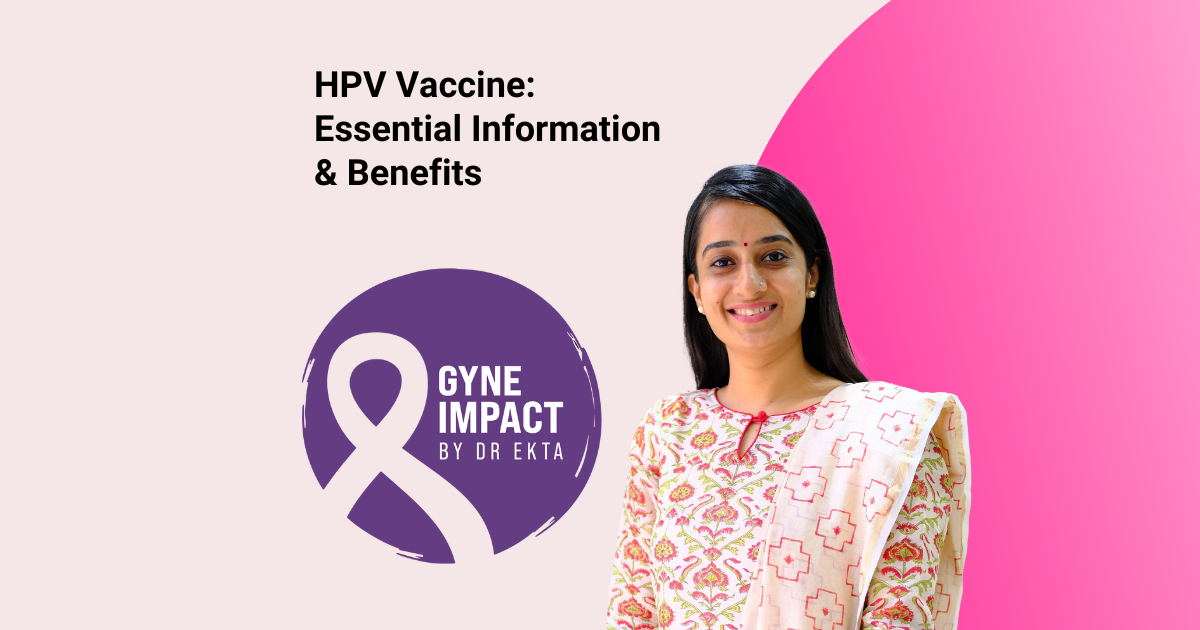As a healthcare professional, I frequently encounter questions about the HPV vaccine. Given its significance in preventing certain types of cancers and other health issues, it’s crucial to understand who needs it, how it works, and its overall impact. Let’s delve into these aspects to provide a comprehensive overview.
The Importance of the HPV Vaccine
Human papillomavirus (HPV) is a prevalent sexually transmitted infection that can lead to genital warts and various cancers, including cervical, vaginal, vulvar, penile, anal, and some oropharyngeal cancers. The HPV vaccine is designed to prevent these serious health problems by boosting the body’s immune response to specific strains of the virus.
How the HPV Vaccine Works
The vaccine functions by simulating an infection, thereby prompting the immune system to produce antibodies. These antibodies remain in the body and can quickly respond if the person is exposed to the actual virus in the future. Essentially, the vaccine prepares the immune system to fight off the HPV strains it covers, significantly reducing the risk of developing related cancers and genital warts.
Who Should Receive the Vaccine?
The HPV vaccine is recommended for:
Preteens and Adolescents: The ideal age for vaccination is 11 or 12, but it can be administered as early as age 9. Vaccination before the onset of sexual activity ensures maximum effectiveness.
Young Adults: Those who missed getting vaccinated earlier can still benefit. The CDC recommends catch-up vaccinations for individuals up to age 26.
Adults Aged 27 to 45: The FDA has approved the vaccine for this age group, but the decision to vaccinate should be based on a discussion with a healthcare provider, considering individual risks and benefits.
Dosage Schedule for the HPV Vaccine
The dosage schedule depends on the age at which the vaccination series is started:
Ages 9-14: Two doses, spaced 6 to 12 months apart.
Ages 15-26: Three doses over six months.
Safety and Side Effects
The vaccine has undergone extensive testing and monitoring and is considered safe. Common side effects are generally mild and include pain, redness, or swelling at the injection site, dizziness, fainting, headaches, nausea, and fatigue. Serious side effects are rare. It’s crucial to stay seated for about 15 minutes post-vaccination to prevent fainting and related injuries.
Contraindications: Who Should Not Get the HPV Vaccine?
Pregnant Individuals: The vaccine is not recommended during pregnancy.
Allergic Reactions: Those with a history of severe allergic reactions to any component of the HPV vaccine should avoid it.
Illness: It’s advisable for individuals who are moderately or severely ill to delay vaccination until they recover.
HPV Vaccine and Sexual Activity
Even sexually active individuals can benefit from the HPV vaccine. While the vaccine won’t treat existing HPV infections, it can protect against strains the person hasn’t yet encountered. Discussing this with a healthcare provider can provide clarity and guidance.
HPV Vaccine and School Requirements
The HPV vaccine is part of the routine vaccination schedule for children and adolescents. However, school entry requirements for vaccines vary by state, so it’s important to check local regulations.
Ongoing Need for Pap Tests
Despite the protective benefits of the HPV vaccine, regular cervical cancer screenings (Pap tests) remain crucial for women starting at age 21. The vaccine does not eliminate the need for these tests, as they can detect changes in cervical cells before they develop into cancer.
Conclusion
The HPV vaccine represents a significant advancement in public health, offering protection against several types of cancer and genital warts. Understanding its benefits, who should receive it, and the appropriate timing can help ensure optimal protection. As always, consult with healthcare professionals to make informed decisions about vaccination based on individual health needs and circumstances.
By staying informed and proactive about vaccinations like the HPV vaccine, we can collectively work towards reducing the prevalence of HPV-related cancers and improving overall public health outcomes.

